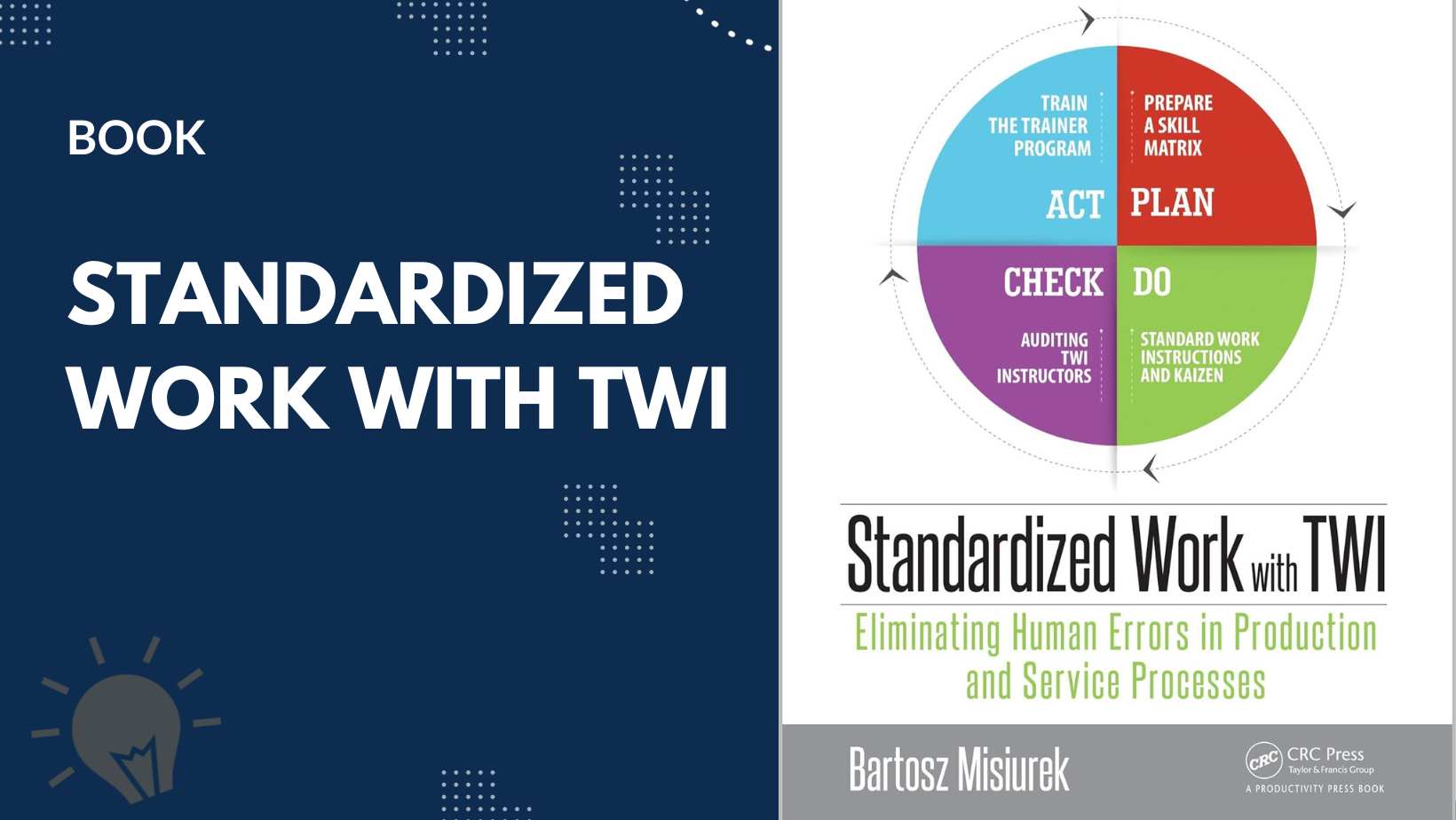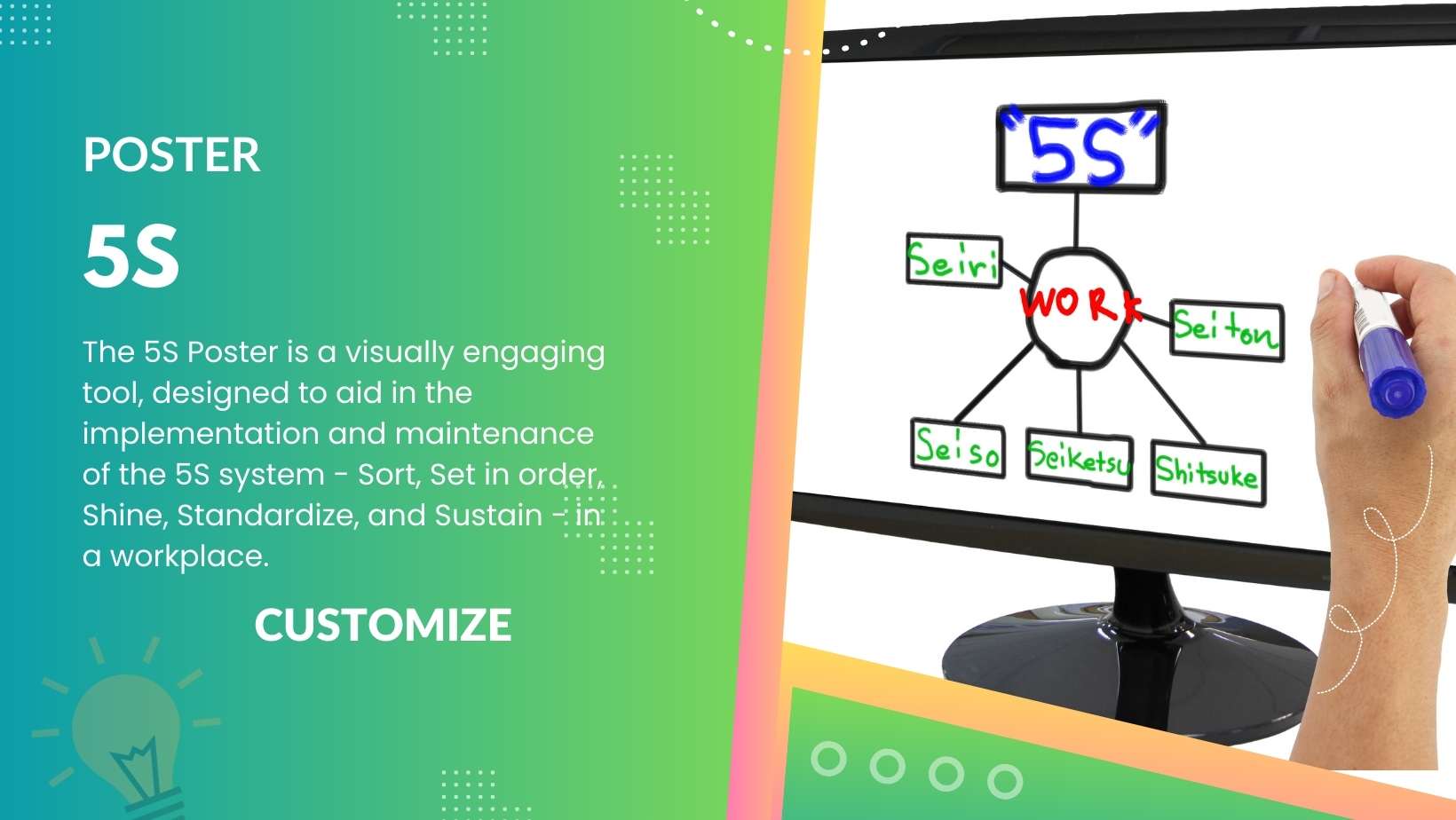In the fast-paced world of modern manufacturing, instantaneous communication is vital. Andon, a cornerstone concept from the Lean manufacturing toolkit, serves precisely this purpose. But, what is it, and why has it become a ubiquitous tool in many leading industries?
Table of Contents
ToggleThe Basics – What is Andon?
At its essence, Andon refers to a visual feedback system used in manufacturing plants. Originating from the Japanese word for “lamp”, it signals anomalies or disruptions in the production process. Typically, this system incorporates overhead lights, digital boards, and sometimes audible alarms to alert staff immediately when a problem arises.
Historical Context
The concept of Andon is deeply rooted in the Toyota Production System (TPS), which is a precursor to the broader Lean manufacturing philosophy. As Toyota sought ways to enhance efficiency and quality, they recognized the need for a real-time alert system, leading to the creation of the Andon system.
The Mechanism of Action
So, how does it function? When an operator encounters an issue, they activate the system. Depending on the system’s sophistication, this might involve pulling a cord, pressing a button, or even interfacing with a digital device. Instantly, a light illuminates or an alarm sounds, signaling the specific nature and location of the problem.
The Colors of Andon
In many Andon systems, different colors denote different issues or their severity. Commonly, green indicates normal operations, yellow suggests a minor issue or slowdown, and red denotes a significant problem requiring immediate attention.
Beyond Immediate Alerts – Continuous Improvement
While the immediate function of the this system is alerting, its long-term value lies in data collection and continuous improvement. By logging the frequency, nature, and location of production stoppages, businesses can identify recurring problems, leading to more systemic solutions.
Empowering the Workforce
A critical philosophy underlying Andon is the empowerment of the workforce. By giving each worker the authority to halt production when quality is compromised, it emphasizes the collective responsibility toward the end product. It democratizes quality control, making it a shared goal rather than a hierarchical task.
Andon in Today’s Digital Age
With the advent of Industry 4.0 and smart manufacturing, Andon systems have evolved. Modern systems might integrate with broader factory management software, providing detailed analytics, or even predictive alerts based on AI and machine learning algorithms.
Implementing Andon
Understanding what is Andon and implementing it are two different challenges. Successful implementation requires not just the technical setup but a cultural shift. Workers must be trained, and management must embrace a no-blame culture, focusing on problem-solving rather than finger-pointing.
Potential Pitfalls
While Andon offers numerous advantages, it’s not without challenges. Over-reliance without addressing root causes can lead to “alarm fatigue”, where frequent alerts become the norm, and their urgency is diluted. Hence, it’s crucial to balance immediate troubleshooting with long-term problem-solving.
Beyond Manufacturing – Andon in Services
While its roots lie in manufacturing, the Andon philosophy is applicable in services, particularly IT and software development. In these fields, real-time alerts on system failures, downtimes, or significant errors serve the same purpose – to swiftly address and rectify issues.
Conclusion
In answering the question, “What is Andon?”, we uncover a philosophy as much as a tool. It represents the intersection of technology and human-centric management, focusing on real-time problem-solving and continuous improvement. As industries evolve, the spirit of it – swift communication, worker empowerment, and iterative improvement – remains more relevant than ever.








